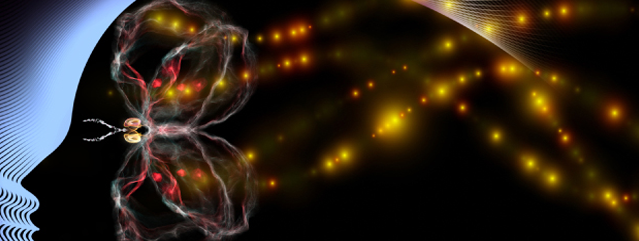The Brain: A Delicate 3.4 Pounds
Traumatic brain injuries are a subset of acquired brain injures, which are not the result of trauma, but occur after birth: hypoxic brain injuries (lack of oxygen to the brain), and anoxic brain injuries (no oxygen to the brain).
In a diffuse axonal brain injury (a type of closed traumatic brain injury) the skull is not broken, but the brain is violently jarred and collides with the skull, causing tissue swelling. Since there is no opening to relieve the swelling, there is increased pressure in the brain, damaging neurons, the core cells of the nervous system. As a result, the communication network between neurons is impaired (think of a downed cable or telephone wire), and basic functions like speech, and breathing might be affected.
A concussion is caused from direct impact to the head by an object, or sudden movement or momentum from shaking, like in whiplash. Neurons stretch and blood vessels tear, which can cause contusions – bruises on the brain. The individual may or may not lose consciousness. Shaken Baby Syndrome, also known as Abusive Head Trauma and Shaken Impact Syndrome – is a form of whiplash where the aggressor vigorously shakes the baby. Most of these cases occur when babies are between 6 and 8 weeks old, since that is when they cry the most. The trauma may cause them to experience vomiting, seizures, irritability, and poor feeding.
In an open brain injury, the skull is fractured. If it’s pierced, say, from a gunshot or knife, the skull splinters, and fragments can hit brain tissue, causing further tissue damage (a penetrating injury). Even though cell damage can occur in an open injury, there is less chance of brain swelling and therefore increased pressure. That’s why doctors consider them less dangerous than closed head injuries. But, because there is an opening in the skull, bleeding into the brain can occur. And the individual is at high risk for infection, most commonly meningitis – an infection of the membranes surrounding the brain and spinal column.
Frontal lobe injuries affect the front part of the brain. The frontal lobe controls motor skills, thoughts, emotions,and personality. The left side of the lobe controls verbal communication, and the right side controls non-verbal communication – the arty side of our brains. The right lobe also plays a role in negative emotions, while the left lobe involves positive emotions. The area of the frontal lobe that is damaged will dictate how your emotions and personality are affected. Once a cautious person, you may now find yourself to be more impulsive.
So I suppose it shouldn’t come as a surprise that the brain is susceptible to injury. Weighing a slight 3.4 pounds, and encompassing more than 1 billion neurons with an infinite number of connections, the brain is a delicate mass of tissue floating in a fluid environment, much like a fetus in a uterus.
http://www.braininjuryinstitute.org/Brain-Injury-Types/Open-Head-Injury.html


Recent Comments